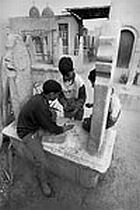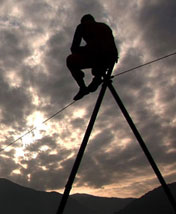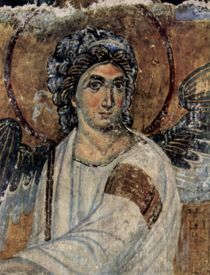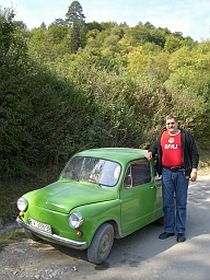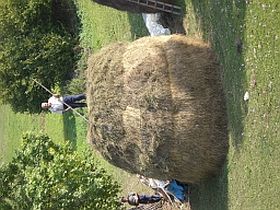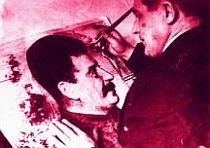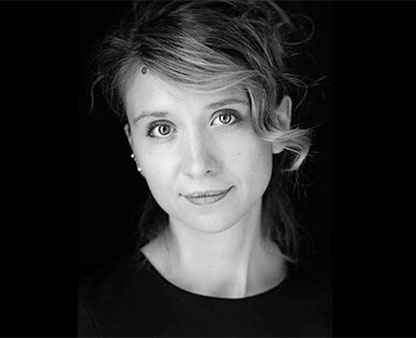
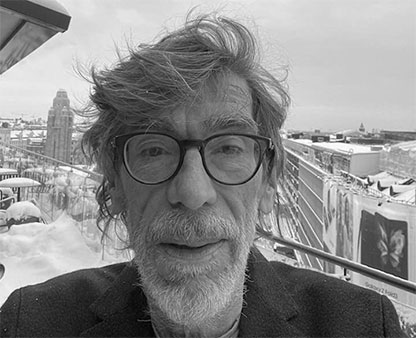
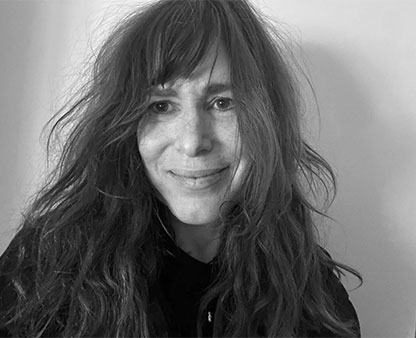
Steen Møller Rasmussen: Richard Winthers hus
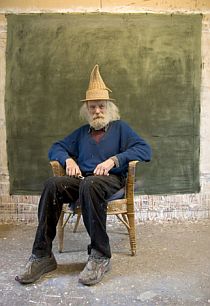
Endelig er Per Kirkeby kommet ind i det legendariske hus i Vindeby. Godt nok for sent til at træffe Richard Winther. Han er der ikke. Han er død. Men i tide til at møde hans værk i huset, billederne på vægge og lofter. Man er med på besøget i de kolde rum. Berørt af situationen som Kirkeby er det. Han havde sammen med John Hunov planlagt eller i hvert fald talt om at køre dertil. Men de kom aldrig af sted. Og så lagde Winther sig som Kirkeby udtrykker det. Mildt bebrejdende. Nu er huset tømt for de mange, mange ting, som før fyldte det. De er flyttet langt væk. Men billederne på pudset og betonen og brædderne er der endnu, og Kirkeby er tydeligt rørt og ærligt overbevist. Dette er stort. Det er ikke vitserne fra Gl. Holtegaard udstillingen. Dette er den gamle og alvorlige akademiker. Og det er i den historiske sammenhæng Picasso og Goya. Det er derimod ikke Matisse. Kirkeby forklarer præcist hvorfor og hvordan.
Steen Møller Rasmussen har begge sider af manden med på sit fotografi af maleren i kurvestolen med opsatshat. Både det vitsede og det akademisk/statuariske. Begge sider skildret i en tydelig alvor. Men filmen koncentrerer sig udelukkende om denne særlige storhed, som overrasker Kirkeby, fastholder den i Kirkebys tøvende uforsigtige fremstilling. Usentimentalt og klart i en reportage delt på tre fortællende og kommenterende medvirkende vidner, ud over Kirkeby keramikeren Grethe Bull Sarning og kunsthistorikeren Christian Vind. En tredelt reportage (tredelt i stil, indhold og emotionel egenart), som tager sig selv alvorlig som gennemført metode hos en fotograf, som tør tage reportagen på ordet: at fortælle det som det er – og på den måde som det der var.
Steen Møller Rasmussen: Richard Winthers hus, 2008, 78 min. Findes på dvd-udgivelsen Tjener for en bydreng – Richard Winther og mig, 2009, sammen med to ældre film, Richard Winther – en undersøgelse, 1999, 21 min. og Wie, 2005, 16 min. + bog, 160 sider med biografisk essay af fotografier og tekster. Forlaget Plagiat, 2009 www.kunsteen.dk
